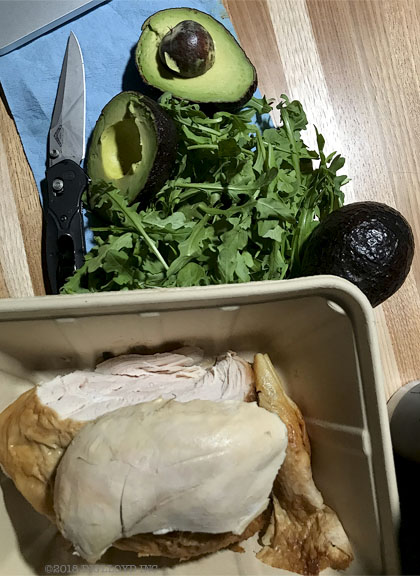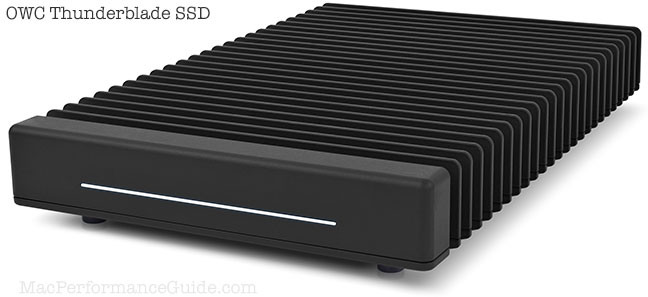
$220 SAVE $130 = 37.0% Western Digital 16.0TB Western Digital Ultrastar DC HC550 3.5-in… in Storage: Hard Drives
|

|

|

|

|
Concussion: Nutrition, What to Eat and What to Avoid
Legal disclaimer: Since we are not doctors, never follow anything based on health-related topics on this or related sites without first consulting with your doctor or other trusted health professional. OTOH, the study of brain injuries is at best in its infancy, like studying outer space with primitive telescopes.
This page discusses my opinions (well founded, I think) on what to eat for maximum nutrition for recovery from a concussion.
Thank you to supportive readers, and especially my loyal subscribers. The latter are critically important to me as I recover, and I am grateful to them. I also want to thank OWC / MacSales.com and B&H Photo for their ongoing support as I work through this.
What to eat √√√

(blueberries, tangerines, kombucha not shown)
I do not list grains below, because some types of wheat bloat me up terribly. Rice works for me but in things like sushi it has just about zero nutritional content. I don’t see the need to eat any grains since there are so many other healthier foods. But if you eat bread or similar, go with whole grain.
- Think vegetables with high nutritional content: lots of raw spinach and other leafy greens.
- Eat nuts: cashews, almonds, pistachios and some seeds: raw shelled pepitas (pumpkin seeds), chia, etc.
- Use olive oil, or black walnut oil or similar for fat.
- Take certified mercury-free fish oil for its Omega 3 content.
- Dark chocolate (100% cacao). I recommend Scharffenberger @AMAZON for its non-bitter and complex flavor.
- Vary fruit intake and choose those high in anti-oxidants or vitamins and minerals: blueberries, tart cherries, oranges, bananas, blackberries, figs, etc. Particularly good are frozen wild blueberries and dark tart cherries—relatively inexpensive and very tasty.
- If eating beef, eat high quality grass-fed beef for its high Omega 3 content. It tastes a lot better too, and does not leave that disgusting lard taste in the mouth four hours later. Better yet, eat grass-fed bison (my favorite is rib eye bison).
- EAT seafood like shrimp, crab, salmon.
- EAT chicken, particularly dark meat (high in taurine).
- Eat organic foods whenever possible: there is some evidence that levels of key nutrients like iron, magnesium, etc are drastically lower than they were some decades ago, due to depleted soils and artificial fertilizers. Since some of these nutrients are critical to brain function, bulk-farmed produce with artificial fertilizers (needed for depleted soil!) are dubious. [My own father would be quite antagonistic with that idea—“organic” is a dirty word to him, but I look to the evidence of taste and quality and the scientific findings I can locate, not that I insist that non-organic is bad per se; it can be just fine many times]. At any rate, NO ONE KNOWS what small amounts of chemical contamination might do to a brain in recovery mode, let alone lower nutritional content; after a concussion the brain is in a fragile state, similar in some ways to a child’s brain. Screwing around with that process by unknown risks makes no sense, e.g., are those low-cost strawberries from Mexico laden with herbicides and pesticides or not? The cost of organic for a few months is a tiny fraction of the cost of just one of my ER visits. Don’t fool around when it really matters—the rest of your life depends on your brain.
What NOT to eat uggghhh
Let’s start with what not to eat: your brain needs the very best nutrition to recover. That means eliminating food that has low nutritional value, particularly the garbage-grade processed food that too many Americans slop down like pigs at a trough.
- BANISH alcohol in all forms until recovery is well beyond any doubt.
- ELIMINATE gratuitous saturated fats (e.g., all corn-fed beef, excess butter) and hydrogenated oils.
- BANISH all fast food, all processed foods, all foods with excessive amounts of fat, sugar or carbs., particularly excessive sugar or carbohydrates.
- AVOID or eliminate dubious fats, like fatty corn-fed beef and its ilk. Seek fats high in Omega 3, like grass-fed beef if beef is on the menu.
- AVOID all non-organic foods that use heavy pesticides and herbicides (strawberries, bell peppers, etc).
- AVOID candy, but allow yourself a little if that feels good—it won’t harm anything. My weaknesses include licorice (Panda black which uses molasses, high in magnesium), chocolate and chocolate-nut-caramel anything. But ELIMINATE everyday candy bars and pure sugar stuff.
Veganism vs brain recovery
I wish to first say that eating vegan is surely far superior to the average American diet. Yet the choice is not the grotesque obesity driven by excess sugar (vegan!) and fast food and processed food, but between a balanced diet of all foods, and the unbalanced highly restricted diets like veganism. Yet too often vegans (including my daughter) present the choice at the two extremes—that is a context dropping irrational error of logic.
My daughter is vegan which I respect, but I am skeptical as to whether that might be a bad idea for a brain injury. With no apologies given nor offense intended to vegans, it is my view that a strictly vegan diet while recovering from a concussion is dubious idea, since the nutritional demands during recovery are special. There are so many important nutrients in non-vegan foods that as a matter of risk mitigation, vegans should ponder how much is real and how much is dogmatic religious-like fervor. No one, not even the medical profession, can say how much of what is needed for recovery. Therefore, a diet that eliminates entire groups of foods should be looked at with extreme skepticism as more dogma than sense. I know that some vegans (including my daughter) object to meat on the grounds of animal welfare, and I respect that to a certain degree, but foods like eggs from free-range chickens and seafood like shrimp or salmon or sardines or crab depart from the realm of reason. And all of those animals are carnivores or omnivores themselves!
As a point of self-evident fact, being vegan greatly restricts food choices, thus my own daughter eats a very healthy overall diet, but excess potatoes in the form of french fries with salt—that I cannot see potatoes as a frequent staple food at any time (in a nutritional sense). Nor can I see her getting all the nutrition she might need as a young woman. Yet veganism has become a dogmatic quasi-religion, which in itself ought to induce immediate skepticism. In my view, being a vegan for health reasons is delusional when accompanied by a lack of regular and vigorous exercise, which she does not do, although I have pointed out many times that building bone as a young woman is important.
Dinner when traveling
I do not have a sink in my Sprinter, and I find the idea of carrying and washing dishes abhorrent when traveling—I want to enjoy where I am, not play “home”.
Below is a simple dinner; blueberries and tangerines and Kombucha not shown. The Benchmade Osborne @AMAZON knife is a must have for travel IMO—it is equally at home cutting chicken or avocados or gutting a fish.
I keep it simple: healthy stuff whenever I can get it, and a few sweets if I feel like it, ample protein given my huge calorie burns on long rides. The idea of eating a Quarter Pounder is disgusting. Shop towels (the blue stuff in the picture) double as plates; throw 'em away when done—no wasted time washing dishes (ordinary paper towels suck, avoid them).
When food runs low, I eat dehydrated meals, which I always carry as backup, particularly late in the year when I carry at least a week’s supply—just in case.
Tip: buy a whole chicken, nice-n-hot. Eat the wings and drumsticks and thigh portion, then extract the breast, let cool to room temperature, then store in a nice cold Yeti Tundra @AMAZON cooler. The next day, that breast meat is mighty tasty.

iPhone 7 Plus + iPhone 7 Plus back dual camera 3.99mm f/1.8 @ 28mm equiv (4mm)
[low-res image for bot]
Seagate 22TB IronWolf Pro 7200 rpm SATA III 3.5" Internal NAS HDD (CMR)
SAVE $100




